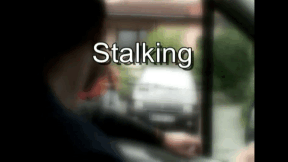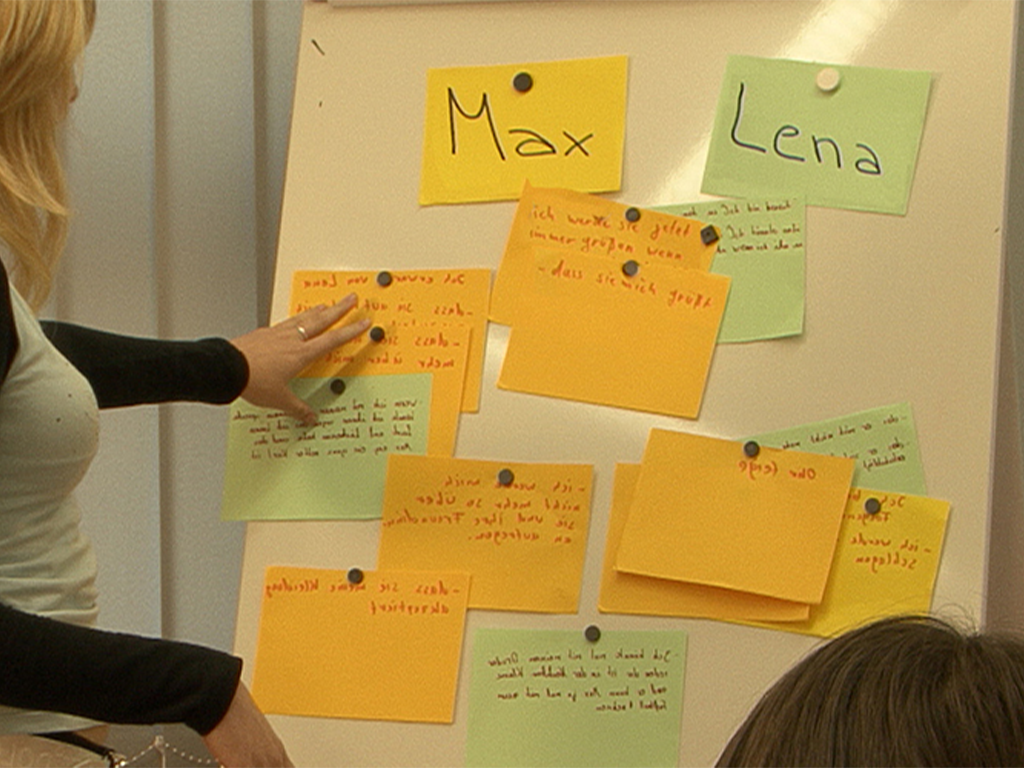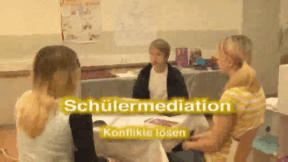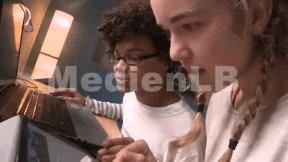 History
History
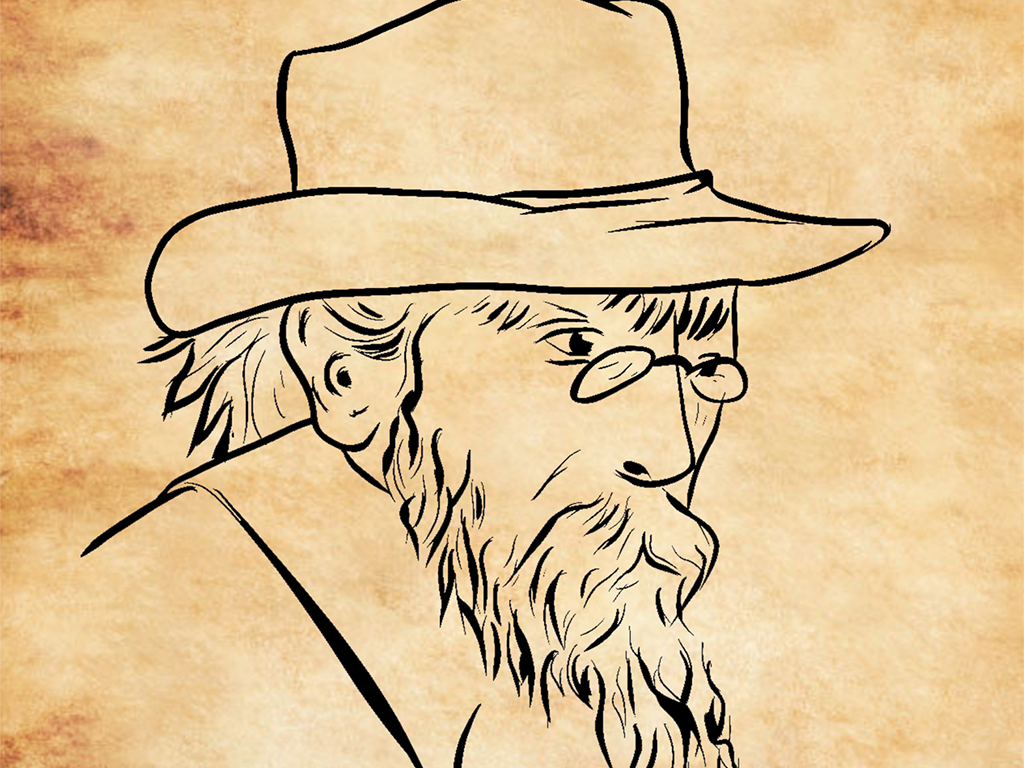

46500495 / 55500340
Vom Kaiserreich zur Republik
Kurt Eisner, der unbequeme Ministerpräsident
1918 war der Weltkrieg verloren – die Bevölkerung ließ sich nicht länger von der Militärführung in einen aussichtslosen Krieg treiben und es begannen in ganz Deutschland Aufstände der Novemberrevolution. Kurt Eisner rief in der Nacht vom 7. auf den 8. November 1918 den Freistaat Bayern aus und wurde der erste bayerische Ministerpräsident einer Räterepublik. Diese wurde schon nach kurzer Zeit niedergeschlagen, Kurt Eisner wurde am 21. Februar 1919 in München auf offener Straße ermordet. Der in der Bundesrepublik beispiellose Weg, den der Freistaat Bayern nahm, ist bekannt, der erste bayerische Ministerpräsident umso weniger. Der Film unternimmt anhand seltener Archivaufnahmen, Bildern von den Originalschauplätzen eine Annäherung an den ‚unbequemen‘ Ministerpräsidenten. Erstmals sind im Begleitmaterial alle interaktiven Aufgaben ohne zusätzliche Software sofort online einsetzbar, dank der Verwendung der H5P-Software. In Verbindung mit dem umfangreichen Zusatzmaterial ist die DVD hervorragend im Unterrichtverwendbar.
Play trailer

Curriculum-centred and oriented towards educational standards
Matching
Stalking
n Germany, 12 % of all federal citizens are pursued by a stalker once in their lives. And not only celebrities are among their victims! Everyone may be confronted with such a situation.
Peer Mediation
Lena and Max attend the 7th form. Max is new in class. During a break, Max notices that Lena and her friend are laughing at him again. Max loses his temper! He slaps Lena in the face. That hurts and Lena runs back into the classroom with a red cheek. The growing conflict between the two has escalated. Just like Lena and Max, every day pupils all over Germany have rows with each other. At the Heinrich Hertz Gymnasium in Thuringia, pupils have been trained as mediators for years. At set hours, they are in a room made available by the school specifically for mediation purposes. The film describes the growing conflict between Max and Lena and shows a mediation using their example. In doing so, the terms “conflict” and “peer mediation” are explained in a non-technical way. The aims of peer mediation and its progress in five steps as well as the mediators’ tasks are illustrated. The art of asking questions and “mirroring”, which the mediators must know, is described and explained. Together with the comprehensive accompanying material, the DVD is a suitable medium to introduce peer mediation at your school, too.





